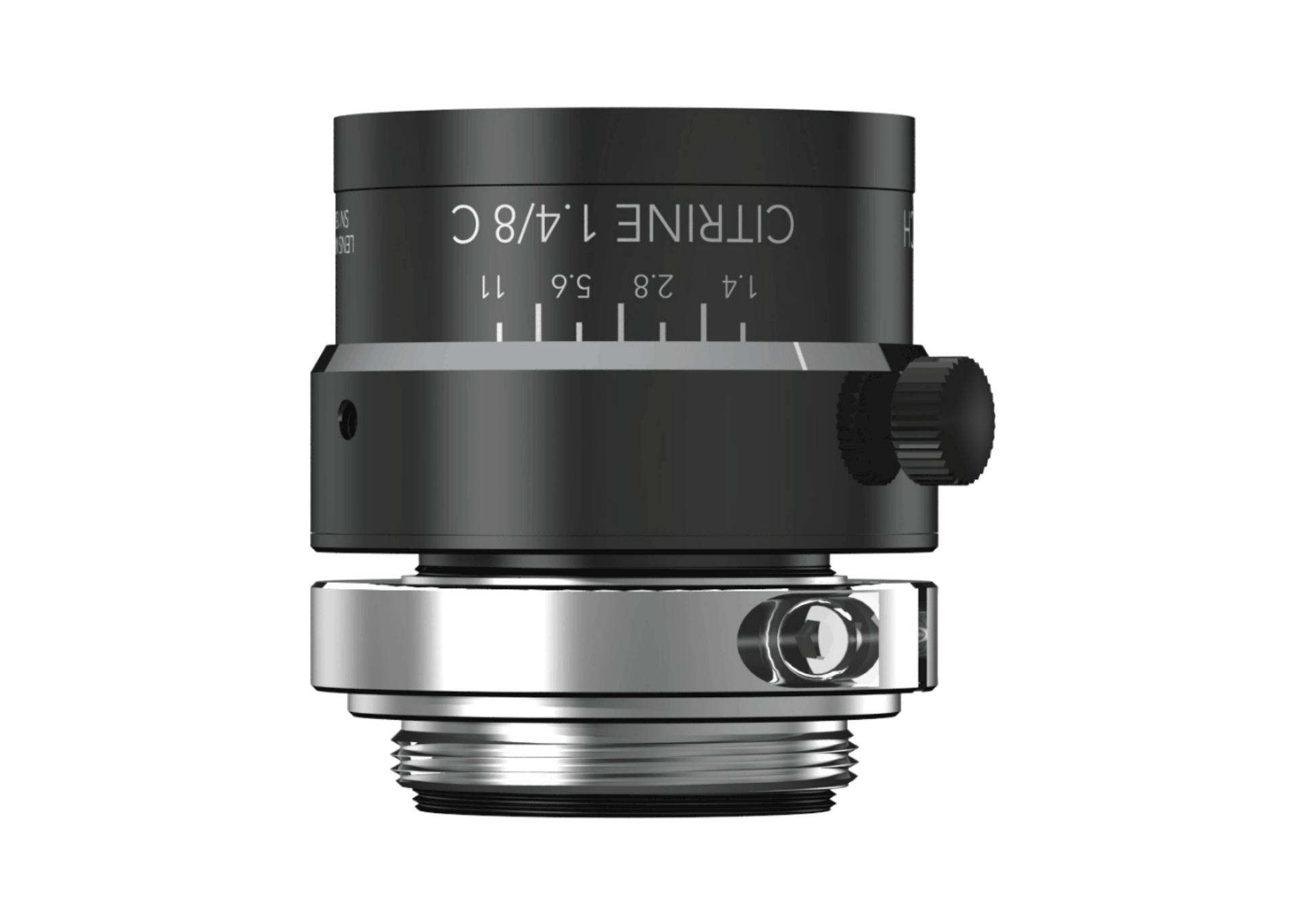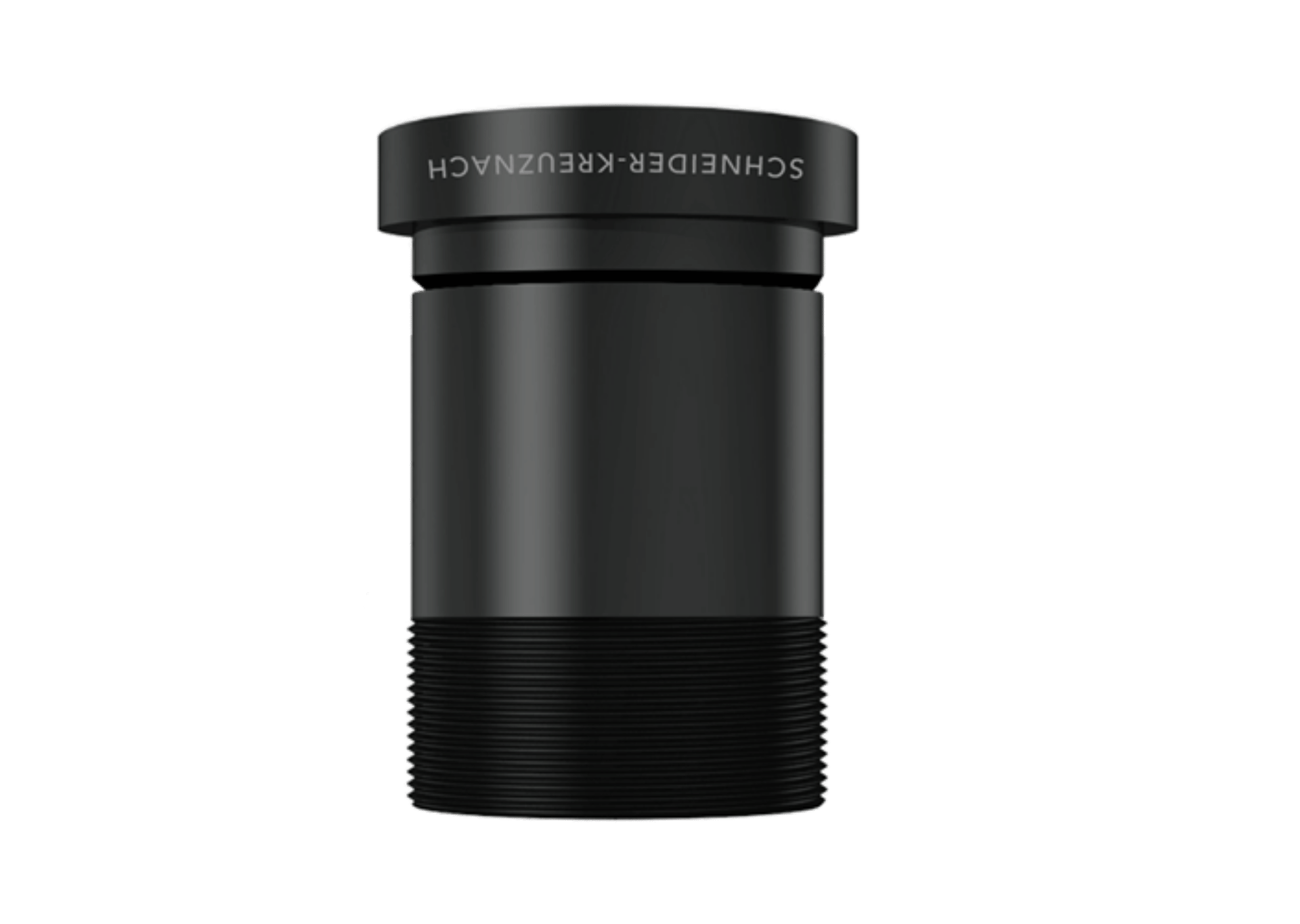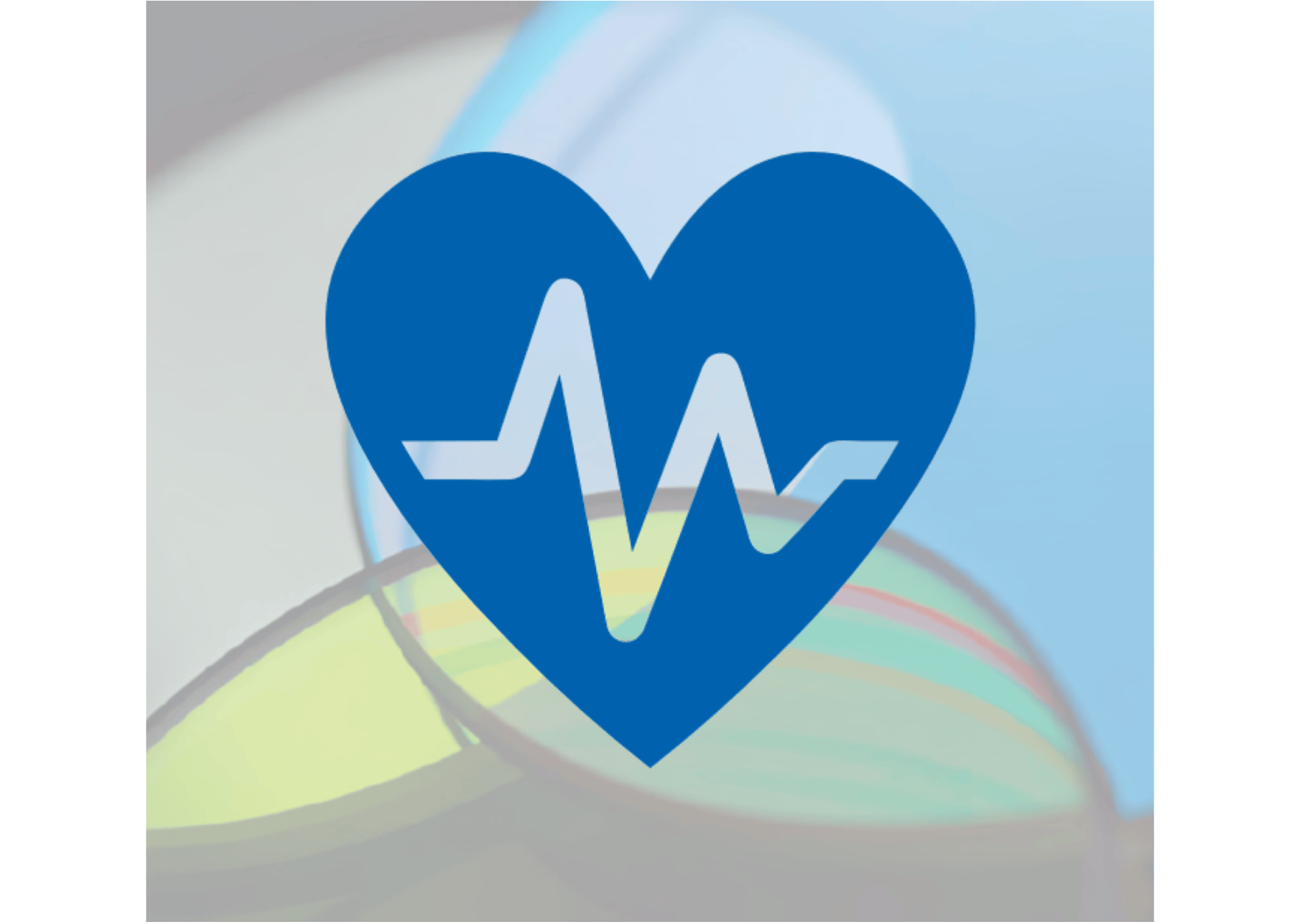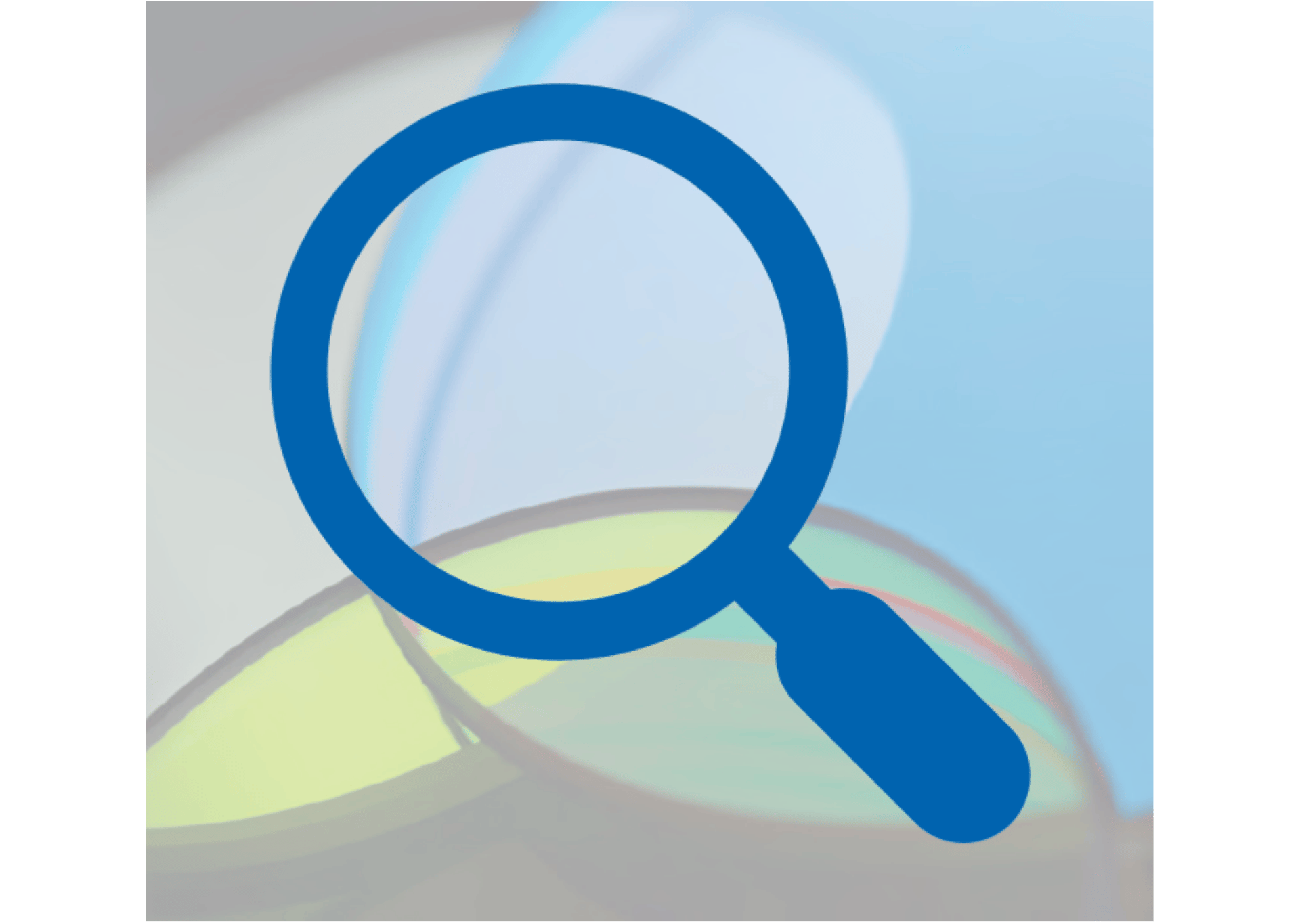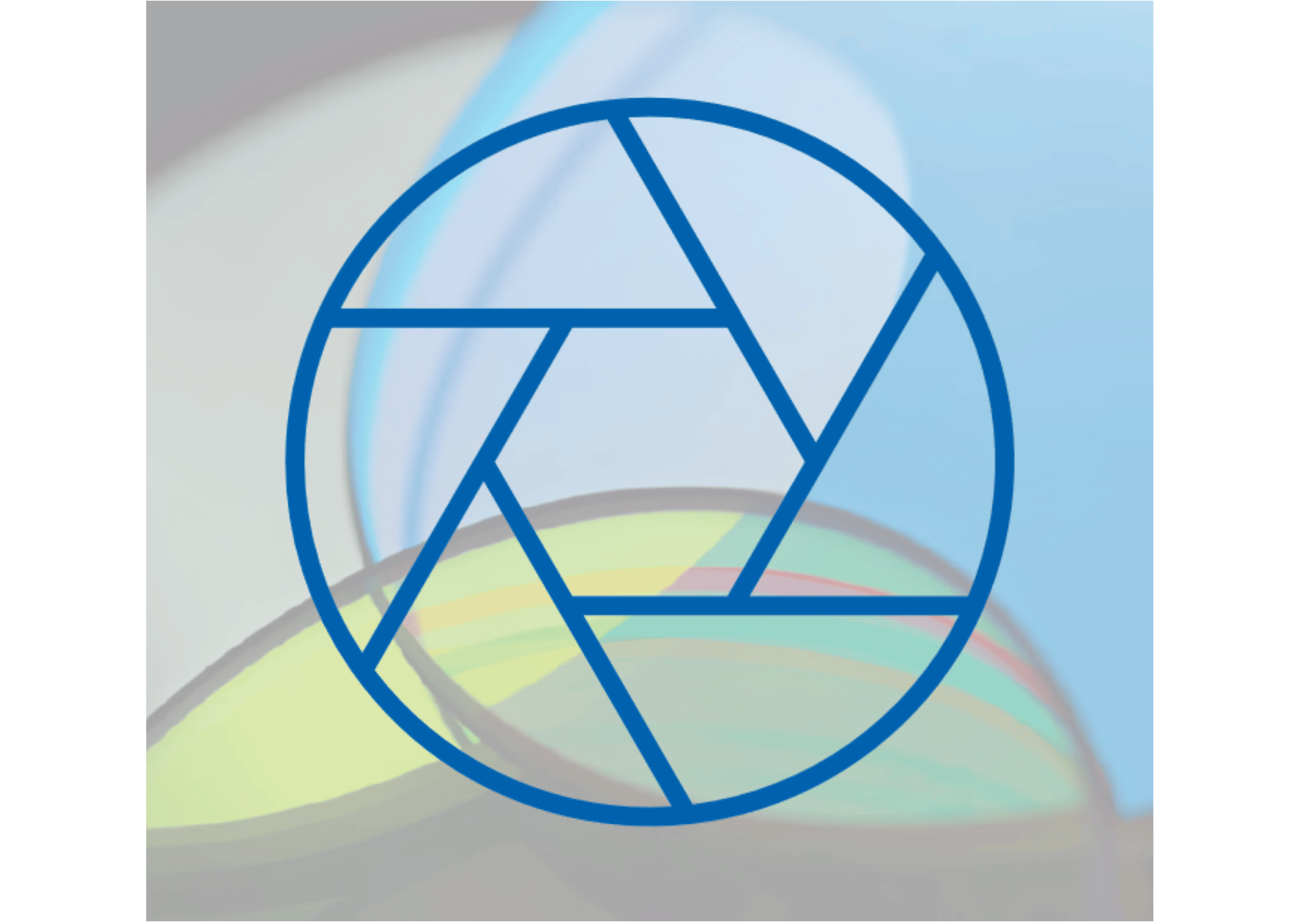Pharmaceutical and medical imaging applications and their challenges for optics and lens manufacturers
For pharmaceutical and medical imaging applications there are unique challenges for optics and lens manufacturers. Starting from product lifecycles to DIN ISO Norms.
By Steffen Mahler


